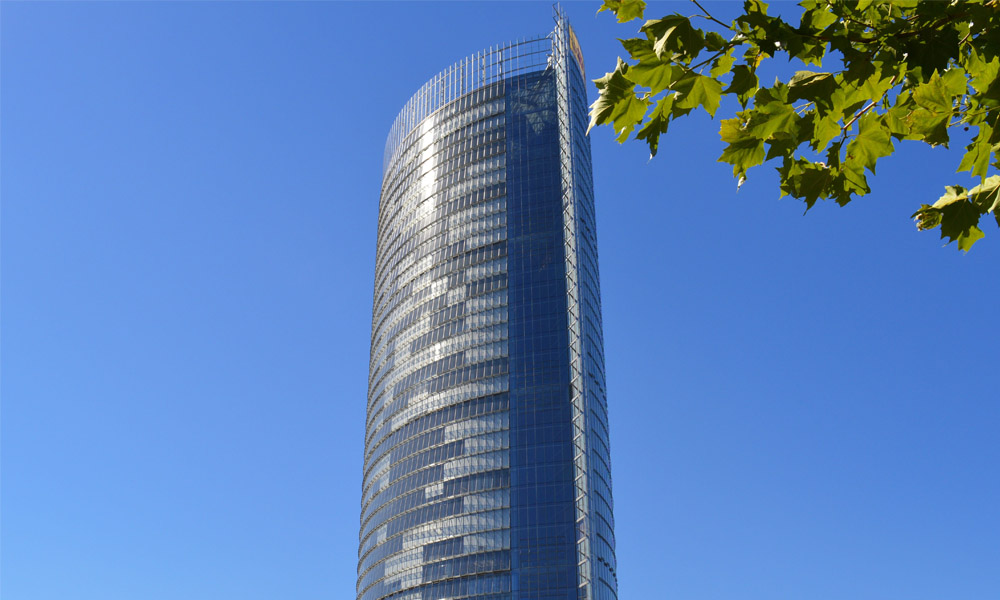

Installation of Low-E Glass Enhancing Energy Efficiency in Buildings
In an era where energy conservation and environmental sustainability have gained paramount importance, the use of Low-E (low-emissivity) glass in building construction and renovation is increasingly becoming a standard practice. Low-E glass incorporates a thin, transparent coating that reflects infrared energy while allowing visible light to pass through. This remarkable feature significantly improves a building's energy efficiency, making Low-E glass a popular choice for windows in both residential and commercial properties. In this article, we will explore the benefits of Low-E glass, its installation process, and tips for ensuring optimal performance.
Benefits of Low-E Glass
1. Energy Efficiency The primary advantage of Low-E glass is its ability to reduce energy consumption. By reflecting heat back into a building during winter and blocking excessive heat from entering during summer, Low-E glass helps maintain a stable indoor temperature. This leads to reduced reliance on heating and cooling systems, resulting in lower energy bills.
2. UV Protection Low-E glass also provides protection against ultraviolet (UV) rays, which can cause fading and damage to flooring, furnishings, and artwork. With Low-E glass installed, homeowners can preserve the integrity of their interiors while enjoying the sunlight without the adverse effects associated with UV exposure.
3. Noise Reduction Beyond thermal insulation, Low-E glass can contribute to sound insulation. When combined with double or triple glazing, it can significantly reduce outside noise, providing a quieter and more comfortable indoor environment.
4. Aesthetic Appeal Low-E glass options come in various tints and styles, allowing homeowners and architects to select the best fit for their design preferences without sacrificing performance. The glass can enhance the overall aesthetic of a building while providing practical benefits.
Installation Process of Low-E Glass
Installing Low-E glass requires attention to detail to ensure optimal performance
. Here is a step-by-step guide to the installation process1. Assessment and Planning Before installation, conduct an assessment of your existing windows to determine whether they are the right candidates for Low-E glass. Consider factors such as size, orientation, and structural integrity. Planning the layout and design will ensure that the installation aligns with your energy efficiency goals.

2. Selecting the Right Type There are different types of Low-E glass available, including soft coat and hard coat variations. Soft coat Low-E glass is generally more effective but requires more careful handling, while hard coat Low-E glass is more durable and better suited for climates with extreme weather.
3. Professional Consultation Engaging with a professional glazier or window installation company is advisable. Their expertise will help you choose the right product, ensuring that the glass meets the building codes and energy efficiency standards applicable in your area.
4. Removal of Existing Windows Carefully remove the existing windows, taking care not to damage the surrounding structure. This step is crucial to prepare the frame for the new Low-E glass installation.
5. Installation of Low-E Glass Install the Low-E glass according to the manufacturer’s guidelines. Ensure that the glass is properly sealed to prevent drafts and condensation. It’s essential to maintain a snug fit within the frame to maximize thermal performance.
6. Finishing Touches After installation, check for any gaps or leaks around the perimeter of the window. Apply caulking or weather stripping as necessary, and finish the interior and exterior work to match the rest of your home.
Maintenance and Longevity
Low-E glass is relatively low maintenance; however, regular cleaning is essential to maintain its effectiveness. Use non-abrasive cleaning agents and soft cloths to avoid damaging the glass coating. Additionally, inspect the seals and frame periodically to ensure they remain intact, which is crucial for preserving the energy efficiency of the windows.
Conclusion
The installation of Low-E glass is a wise investment that can significantly enhance the energy efficiency of any property. By reflecting heat, blocking UV rays, and providing noise reduction, Low-E glass serves both practical and aesthetic purposes. Proper installation and maintenance will ensure that you enjoy the benefits of Low-E glass for many years to come, contributing to a more sustainable future for our planet. Embracing modern technologies like Low-E glass is not just about improving comfort; it's about making a conscious choice toward energy efficiency and environmental stewardship.